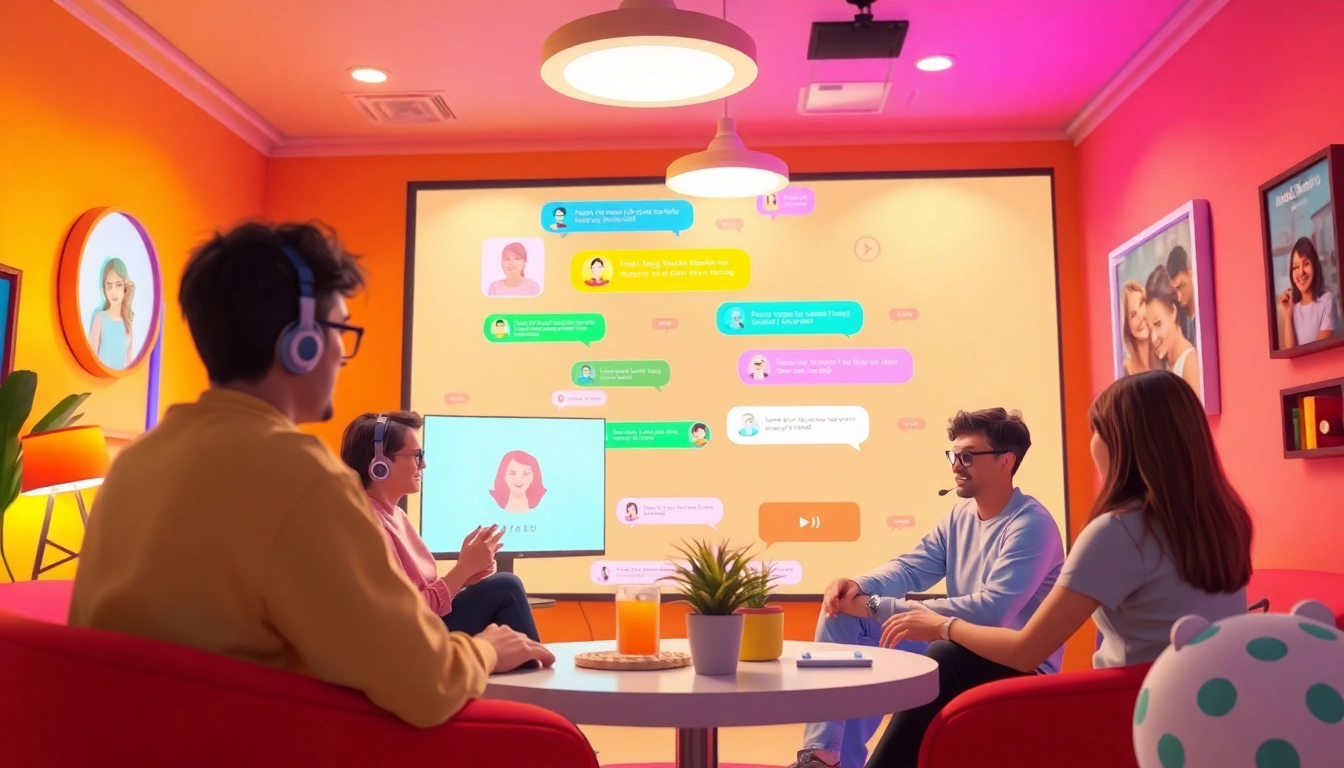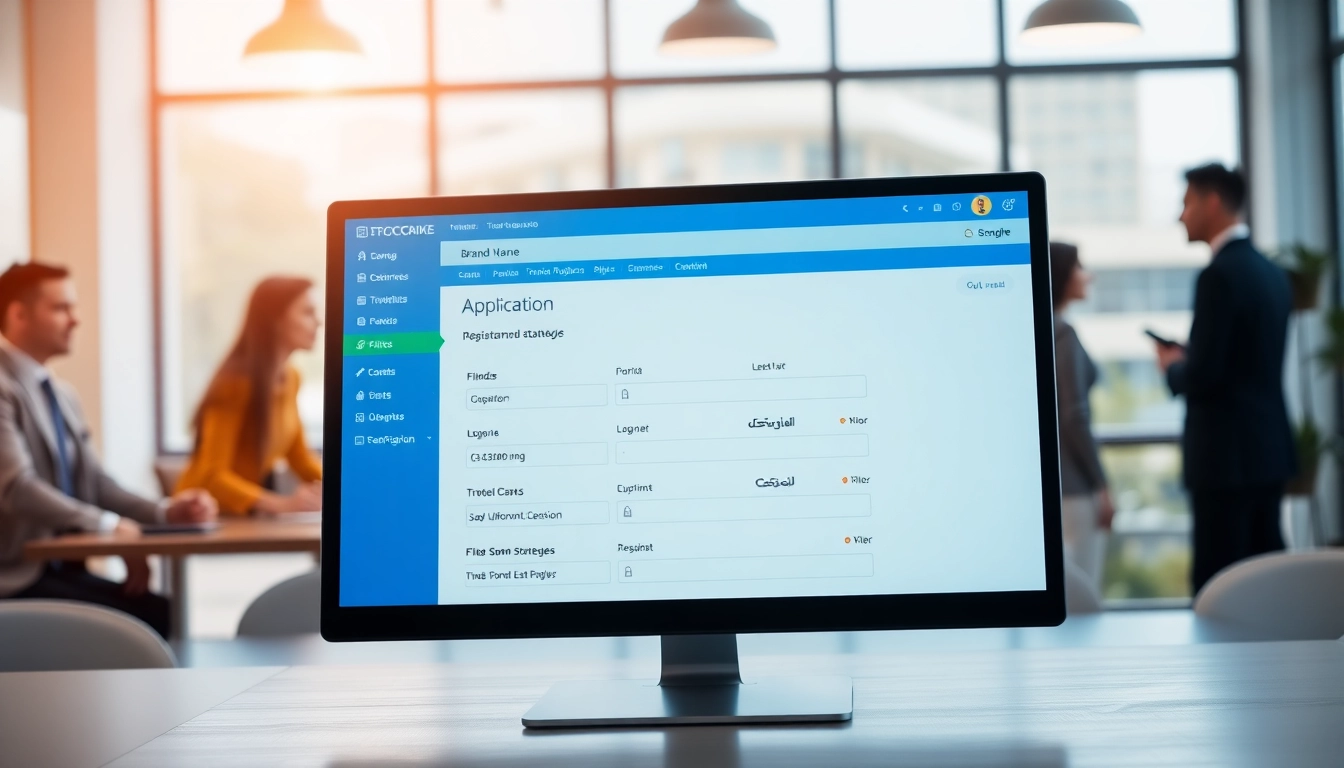
Understanding the Role of Communication in Relationships
When it comes to building and maintaining healthy relationships, communication is often regarded as a foundational element. Effective communication in relationships not only fosters emotional intimacy but also helps in resolving conflicts, managing expectations, and nurturing mutual understanding. It is essential for couples to engage in open dialogues, and improve how they communicate to foster a deeper connection. As we delve into the multifaceted role of communication in relationships, we will explore its importance, common styles, and pitfalls that many couples encounter.
The Importance of Communication
Communication serves as the lifeblood of relationships; it is the means by which partners express their feelings, thoughts, and beliefs. Strong communication can significantly enhance relationship satisfaction and commitment. Effective communication helps to:
- Foster understanding between partners.
- Promote trust and transparency.
- Resolve conflicts in constructive ways.
- Build emotional intimacy and connection.
Research indicates that couples who communicate effectively tend to enjoy higher levels of satisfaction in their relationships. A study published in PubMed Central demonstrated that healthy communication directly correlates with relationship longevity. On the other hand, poor communication skills have been linked to increased levels of conflict and dissatisfaction.
Types of Communication Styles
Communication styles can vary greatly between individuals and cultures. Here are the four main types of communication styles that can be identified in relationships:
- Assertive: This style is characterized by confidence and positivity. Individuals communicate their needs and thoughts clearly while respecting others’ viewpoints.
- Aggressive: Often leads to confrontation and emotional distance. An aggressive communicator may prioritize their own needs over others, leading to conflicts.
- Passive: Passive communicators tend to avoid expressing their thoughts and feelings, often leading to unresolved issues and resentment.
- Passive-Aggressive: This style involves indirect resistance and avoidance of direct communication. It can create confusion and frustration in relationships.
Understanding and recognizing your own communication style, as well as that of your partner, is crucial in fostering effective interactions. Engaging in discussions about communication preferences can lead to a deeper understanding of how both partners perceive and process information. Furthermore, adapting one’s style can significantly improve collaboration and conflict resolution.
Common Miscommunication Issues
Miscommunication can manifest in many ways, from simple misunderstandings to serious conflicts. Some of the most common issues include:
- Assumptions: Assuming what the partner thinks or feels without actually verifying can lead to significant misunderstandings.
- Lack of Clarity: Being vague about one’s needs and expectations can lead to frustration and disappointment.
- Emotional Triggers: Past experiences or emotional responses may cloud communication, leading to defensiveness or withdrawal.
- Technology Misuse: Texting or emailing sensitive topics may result in messages being misconstrued, lacking tone and context.
Identifying these common pitfalls can enable partners to work actively towards more effective communication strategies and thus avoid unnecessary conflicts. Ensuring clarity in discussions can help in alleviating stress and enhancing mutual respect.
Building Blocks of Effective Communication
Active Listening Techniques
Active listening is a critical skill in effective communication. It involves fully engaging with your partner and demonstrating that you are hearing and understanding their message. Techniques include:
- Reflective Listening: Paraphrase what your partner has said to confirm understanding.
- Empathy: Acknowledge your partner’s feelings and show compassion.
- Avoid Interrupting: Allow your partner to express themselves fully before responding.
By practicing these active listening techniques, couples can reduce miscommunication and cultivate an environment of trust and empathy.
Expressing Needs and Emotions
In any relationship, expressing one’s needs and emotions is vital. However, it is not just about speaking; it is about speaking effectively. Consider the following strategies:
- Use “I” Statements: Instead of saying “You never listen,” try “I feel unheard when you look at your phone while I’m talking.”
- Be Specific: Clearly articulate what you need from your partner rather than providing vague hints.
- Choose the Right Time: Timing can significantly impact how your message is received. Choose a calm moment to discuss sensitive topics.
By providing specific examples of your needs, you not only improve clarity but also guide your partner towards understanding how they can support you.
Body Language and Nonverbal Cues
Communication is not solely verbal—it includes nonverbal cues such as body language, facial expressions, and tone of voice. These elements can alter the meaning of words significantly:
- Eye Contact: Maintains connection and signifies engagement.
- Posture: Open body language can convey receptiveness, while closed posture may suggest defensiveness.
- Tone of Voice: The way something is said can express feelings more strongly than the words themselves.
Acknowledging and interpreting these nonverbal cues can significantly enhance the effectiveness of your conversations and foster deeper connections.
Overcoming Barriers to Communication
Identifying Communication Barriers
Identifying specific barriers to effective communication can pave the way for improvement. Some barriers include:
- Emotional Barriers: Anxiety, insecurity, or past trauma can affect how you communicate.
- Cultural Differences: Different backgrounds may influence perspectives and communication styles.
- Environmental Factors: Noise, distractions, or a lack of privacy can hinder communication.
Taking steps to mitigate these barriers is essential for promoting healthy communication in your relationship.
Strategies to Improve Communication
Enhancing communication skills requires intentional effort. Here are actionable strategies that couples can implement:
- Set Communication Goals: Agree on specific goals for improving how you communicate.
- Schedule Regular Check-ins: Establish a routine for discussing feelings, needs, and relationship dynamics.
- Practice Empathy: Place yourself in your partner’s shoes to understand their perspective better.
Implementing these strategies can lead to meaningful improvements in how partners interact and relate to one another.
The Role of Emotional Intelligence
Emotional intelligence (EQ) plays a critical role in communication. It encompasses the ability to identify, understand, and manage your emotions, alongside those of your partner. Individuals with high emotional intelligence excel at:
- Recognizing emotional triggers
- Practicing self-regulation
- Empathizing with their partner’s experiences
Cultivating emotional intelligence enhances communication by allowing partners to respond rather than react, fostering an open dialogue that strengthens their relationship.
Healthy Communication Habits
Practicing Open and Honest Conversations
Maintaining a healthy communication style involves embracing openness and honesty. Here are key practices:
- Share Vulnerabilities: Being open about fears and insecurities can strengthen bonds.
- Provide and Seek Validating Feedback: Acknowledge each other’s experiences and provide thoughtful feedback.
- Avoid Blame: Focus on expressing feelings rather than attacking your partner.
When both partners feel free to share openly without fear of judgment or reprisal, they create a safe and supportive space that encourages healthy dialogue.
Conflict Resolution Strategies
Disagreements are inevitable in any relationship; thus, knowing how to navigate conflict is essential. Effective conflict resolution involves:
- Staying Calm: Take deep breaths and stay grounded during heated discussions.
- Focus on Solutions: Collaboratively seek solutions instead of dwelling on the problem.
- Take Breaks If Needed: If emotions run high, take a short break before continuing the discussion.
By adopting constructive approaches to conflict resolution, partners can mitigate the negative impact of conflict on their overall relationship.
Regular Check-ins with Your Partner
Regularly scheduled check-ins can be immensely beneficial for relationship health. These conversations can serve as a platform to:
- Discuss any pressing issues or feelings
- Celebrate successes and express appreciation
- Adjust goals as the relationship evolves
Check-ins build rapport and anticipation of future interactions, ensuring both partners remain emotionally connected.
Measuring Communication Effectiveness in Relationships
Signs of Healthy Communication
Evaluating the effectiveness of communication within a relationship can be gauged by recognizing the following signs:
- Active Engagement: Both partners show enthusiasm in conversations.
- Mutual Respect: There is consideration and validation of each other’s thoughts and feelings.
- Constructive Feedback: Partners provide input that encourages growth rather than discouragement.
Recognizing these signs can help reinforce positive communication patterns while addressing any areas that need improvement.
Assessing Relationship Satisfaction
Communication is integral to relationship satisfaction. Periodically assessing how well both partners feel that their needs are being met can provide key insights. Consider using:
- Surveys or Questionnaires: These tools can provide both quantitative and qualitative feedback on relationship health.
- Open Discussions: Maintain space for ongoing discussions about the relationship’s dynamics.
- External Support: Seek the guidance of a counselor or therapist to navigate deeper issues.
Systematic assessments can pinpoint challenges and areas for growth, which enhances overall relationship satisfaction.
Feedback Loops for Continuous Improvement
Creating feedback loops encourages continuous learning and improvement in communication. Implementing regular feedback sessions can:
- Facilitate open discussions about what’s working
- Address areas in need of growth or change
- Encourage regular affirmation and validation between partners
Such practices can significantly enhance communication and build more robust, satisfying relationships over time.







